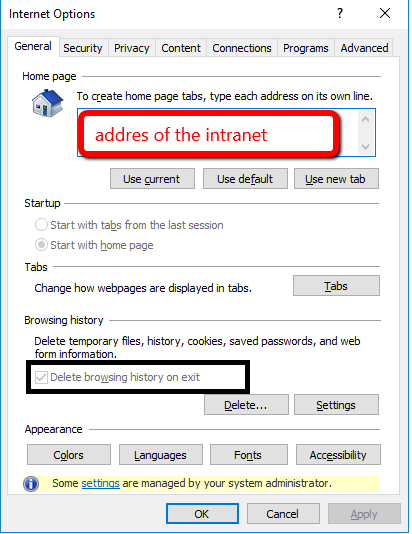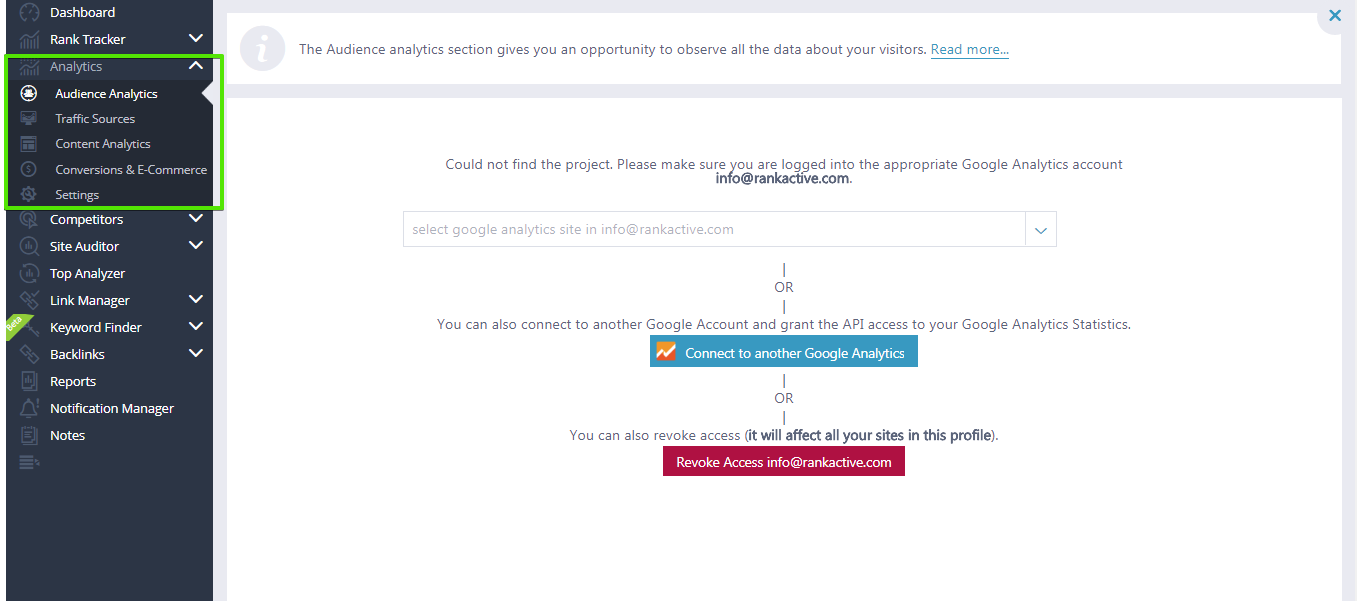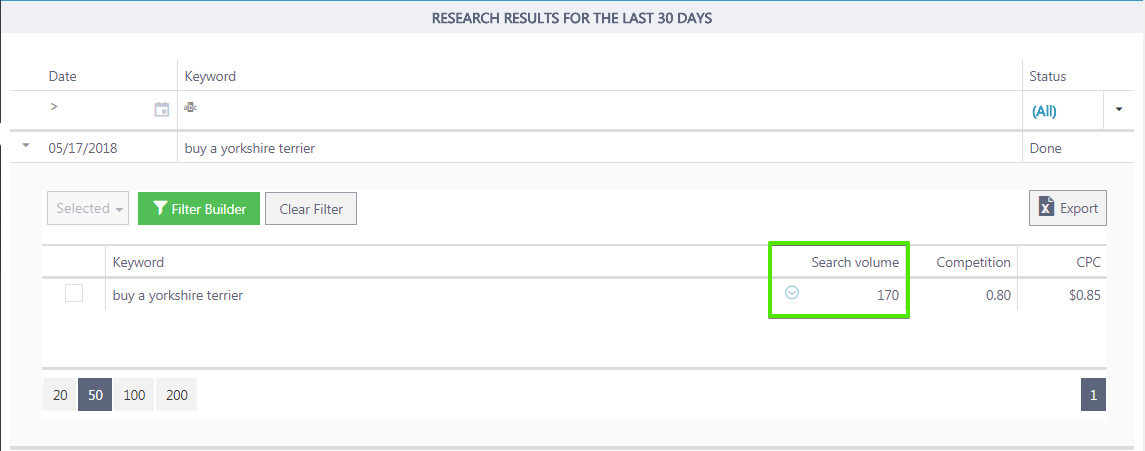When Google Analytics is Wrong and How to Fix Your Data
18 May 2018 Leave a comment ALL-HANDS SEO
Once in a while, we all see Google showing us incorrect data. What is the core of the problem? Why does it happen? Who is to blame? And how to prevent some of the Google Analytics issues?
We have made a quick research and found out some interesing case that you might be dealing with right now. Let’s jump straight into it.
Problems with math? Google Analytics Reports
There are several factors that influence user count. For example, a user can:
- Delete cookies;
- Change a browser;
- Change a device;
- etc.
What happens with Google Analytics data at this point? Google Analytics thinks that this is a new user and adds them to the overall count, which is wrong.
For, example, there was an issue that arose at a company which name was not disclosed. The case was that an expert was generating reports for a company to see how many internal users visit the website. As it was stated at Google Advertiser Community, the company had 1500 employees. An expert said the tracking code was implemented correctly into the client’s internal homepage, however the data was still wrong.
The Analytics report showed that 5,950 company’s employees would visit the website each day, which was highly inaccurate as the company didn’t even have that many people working in there. And as you can see in the picture below, the user amount would increase, despite the daily visits of roughly 1300 the same users.
The expert tried to change the dates, but the data would go crazy and show around 35k users for 2016. And even though the user analysis metric was enabled, it wouldn’t change the situation that much.
However, he could find a quick solution which was in manual calculation of the number of users each day that would actually lead to correct digits. So, approximately he would get 100 new users each day and claimed that it was correct.
But, why do you even need tools? Of course, to leave the manual work behind and stick to a more automated approach for time’s sake.
What was the core problem of the inaccurate user count?
Yes, it was just a cookie deletion set by default which was causing this issue. This is why the reports were incorrect.
There are plenty of other types of Google reports, such as Ad-hoc, Greater precision or Faster response reports, etc., to find out what might be causing your data inaccuracy. They have different settings, and you might be willing to look at them more closely to analyze the problematic areas.
If you’re dealing with the same internal issue and your browser doesn’t delete cookies, but you’re still having this problem – consider using a Google User-ID feature.
Is your traffic suddenly skyrocketing? Beware of fake referrals
What are the factors of real and high-quality traffic? That’s right, the source of this traffic, its sustainability and conversion rate. So, if for some reason you’re experiencing a demographic boom on your website without any converts, then it might be the red light to dig deeper and investigate the cause of such popularity.
It might seem like a quite friendly time of shining, but it’s far from being so. The traffic that is bought from some third-parties might turn out to be fake. In this case, it lacks stability (see the history of traffic, to make sure it’s stable) and usually is intended to give a quick boost to a website that is to be sold. Google categorizes such traffic as click fraud which is very likely to result in the website being penalized. The consequences of it are the dramatic drops of rankings and website authority.
This type of traffic usually appears in such sections of Google Analytics reports as events, language and referral. A way to identify such traffic is to look at bounce rate which is enormously high, close to 100%, extremely low average session duration and a big amount of new sessions. And again, if you see 1 million people coming to your website but none of them convert, then it’s time to reconsider something.
Google is on your side, which their guidelines pretty much confirm. As The Wall Street Journal points out, Google was issuing refunds for advertisers over fake traffic. Long story short, bots go to your website they generate a lot of traffic and, of course, they are clicking on your ads, the paid campaigns that you might be running. What happens? You pay a lot of money for the legion of fraudulent activity, which you don’t need, to come to your website. Of course, digital marketers and business owners were more than unhappy with that and asked Google for refunds. At the end of the day, who is willing to lose their money?
So, how do you actually block fake traffic? If we are speaking about click fraud, which is using your ads and boosts a website activity, the only solution is to simply stop running the ad campaign. However, if the referrer spammers are the reason, then you only can eliminate existing ones and maybe prevent some of them in the future by creating filters.
Go to Admin settings, choose All Filters and manually include all the names of spammy websites using this pattern spammer1\.|spammer2\.|…, etc.
If you’re sure that you’ve done everything, but the fake traffic doesn’t go, then make sure your tracking code is installed correctly.
What’s wrong with your tracking code?
The root of all the problems in Google Analytics is usually a failed tracking code implementation. Google shows you exactly what you’re asking for, e.g., you’ve placed a tracking code twice at your website and there you have an almost zero bounce rate or a doubled amount of traffic.
No worries, we will show you where to get the tracking code and how to set it up correctly. First, go to your Google Analytics account. The next couple of steps are shown below:
The next step is to visit every page of your website and paste the code you’ve just copied right after thetag. Replace GA_TRACKING_ID with your own Google Tracking ID. Make sure it works by clicking at real-time reports and there you have it!
After you have completed these steps, you can register with our platform and connect your Google Analytics account to have all your data alongside with our tools!
SEO-unfriendly Adwords Keyword Planner
Google cares about the safety of your data. It also cares about you running ad campaigns because Google’s revenue from ads is estimated 70.9% of company’s total, in 2017, according to Statista.
When you think about SEO which every website has to do to survive, as minimum, and luckily to prosper, there are quite few things that Google provides to you. Whenever you need to do keyword research the last tool you want to address to is Adwords Keyword Planner. With a new redesign of Keywords Planner tool, many features are not that easy to see and now users are forced to find other ways to get the same data which was recently provided to them. A user in a comment section points out a “new feature”:
Search volume restrictions
When you try to do some keywords analysis, say, you’re looking for search volume, Google doesn’t allow you to see the data that easily. If you’re not having any active ad campaigns you will not see an exact search volume for a particular keyword, you’ll only be shown a range, which is simply uninformative.
Also, there is another problem that we noticed when trying to perform the keyword analysis. Not only Google doesn’t allow you to get the clear search volume for your keyword it also doesn’t show you the exact match search volume, but for the bulk of keywords only. Adwords Keyword Planner provides very little value for SEO. If you stopped running ad campaigns for some reason, why should you be restricted from doing keywords analysis?
If you would like to perform in-depth keyword research our tool Keyword Finder will help you do that. We take our data directly from Google and we don’t limit our users anyhow, we don’t force them to pay extra money to use our tools. We provide the exact broad match search volume as Google does, not to mention competition rate and CPC.
Apart from our own Adwords Keyword Planner, we use other 4 different algorithms that allow us to see a lot more detailed picture of keywords. Here, we have related keywords, keywords suggestions, similar keywords and ranked keywords. All these algorithms give a clear and much more accurate latent semantic analysis (LSA). The Keyword Finder is easy to use and you can get it for FREE for 14 days!
As, SparkToro, Rand Fishkin’s new startup, points out:
There is something to take into consideration before launching a CPC campaign. Ad campaigns play a big role anyway; however, the organic traffic has more value and consistency for SEO, since people tend to click on organic results much more often than on paid ones and are likely to become long-term subscribers.
Conclusions
Google Analytics is a powerful tool alongside with Adwords Keyword Planner; however, the first one needs to be properly configured, and as for the latter, you need to have a clear understanding of why you are using it. Google’s Keyword Planner is designed for running paid campaigns. If you’re interested in organic SEO, then RankActive is the best choice. We have been on the market since 2014, and we know how to do the right SEO. We have designed the best SEO platform with all the necessary tools that will help you skyrocket in SERPs!
Tags: fake traffic, Google Analytics issues, incorrect data
Like this article? There’s more where that came from.
- 5 Questions to Ask Yourself Before Paying for Rank Tracking Software
- 5 Serious Mistakes Beginner SEOs Make and How to Fix Them
- Why We Use Google’s New Link Attributes and You Should Too
- Title and Description in 2021: Why Google Rewrites SEOs’ Meta Tags
- What We Should Learn From Google’s “About This Result” Feature









